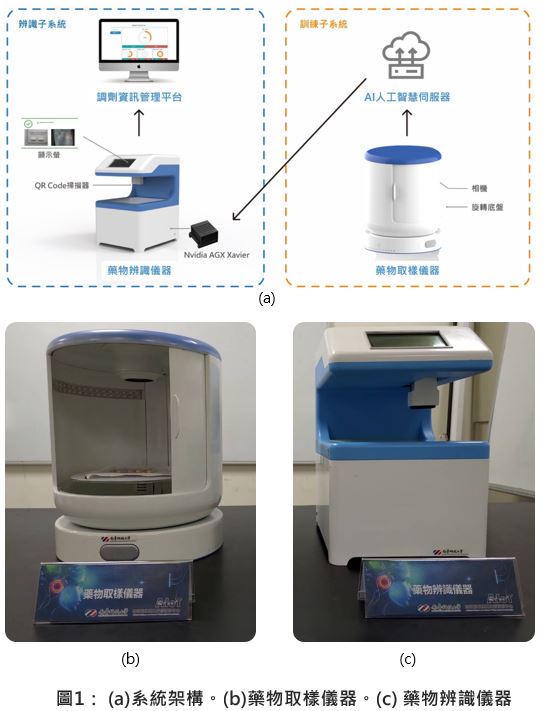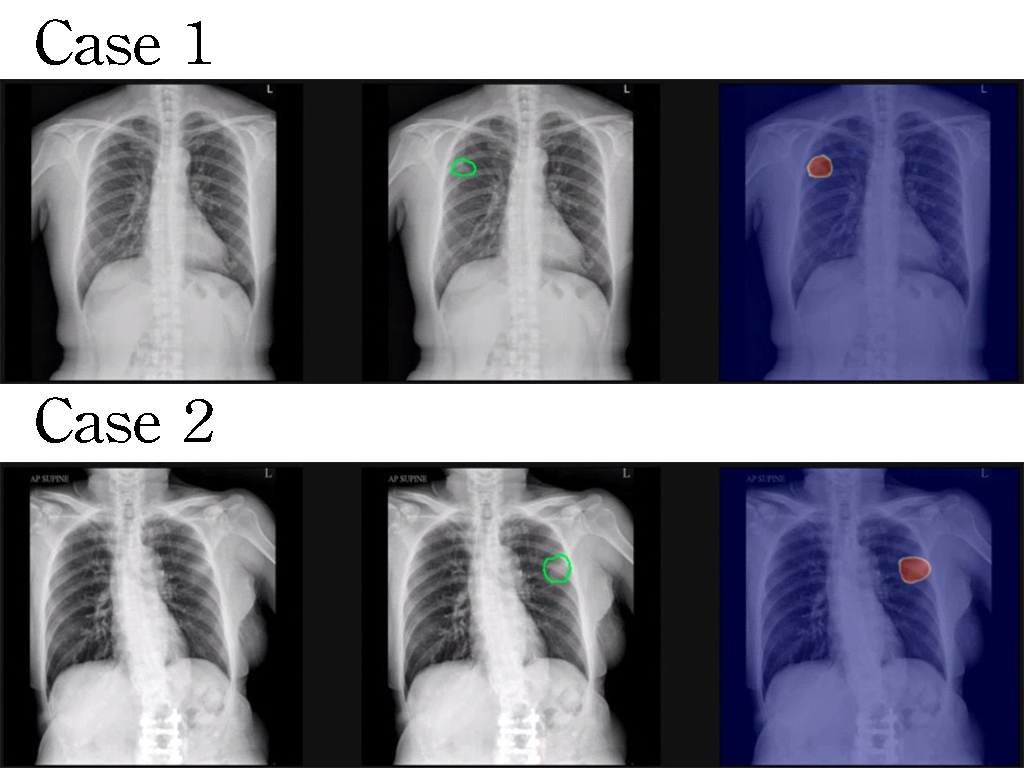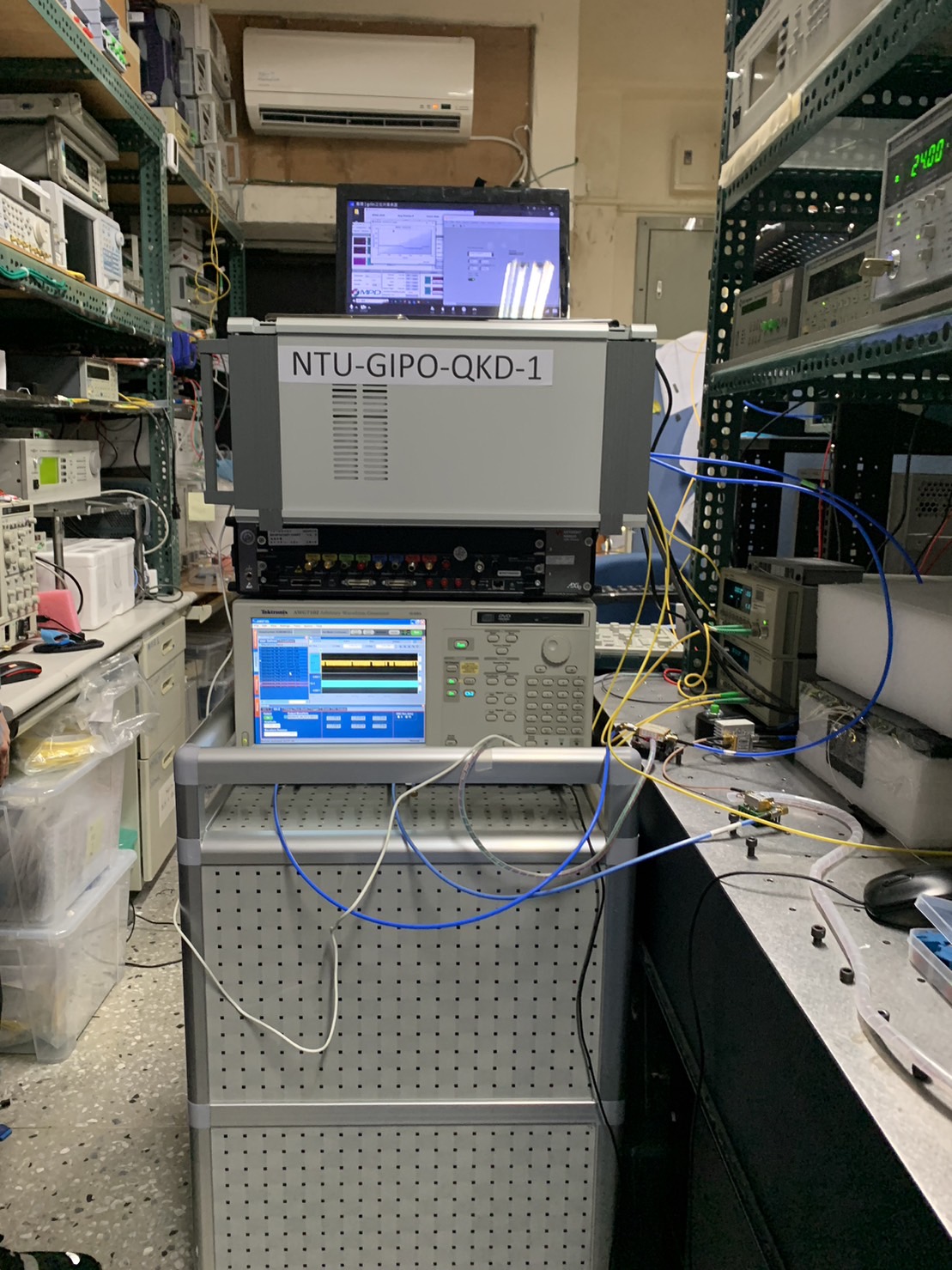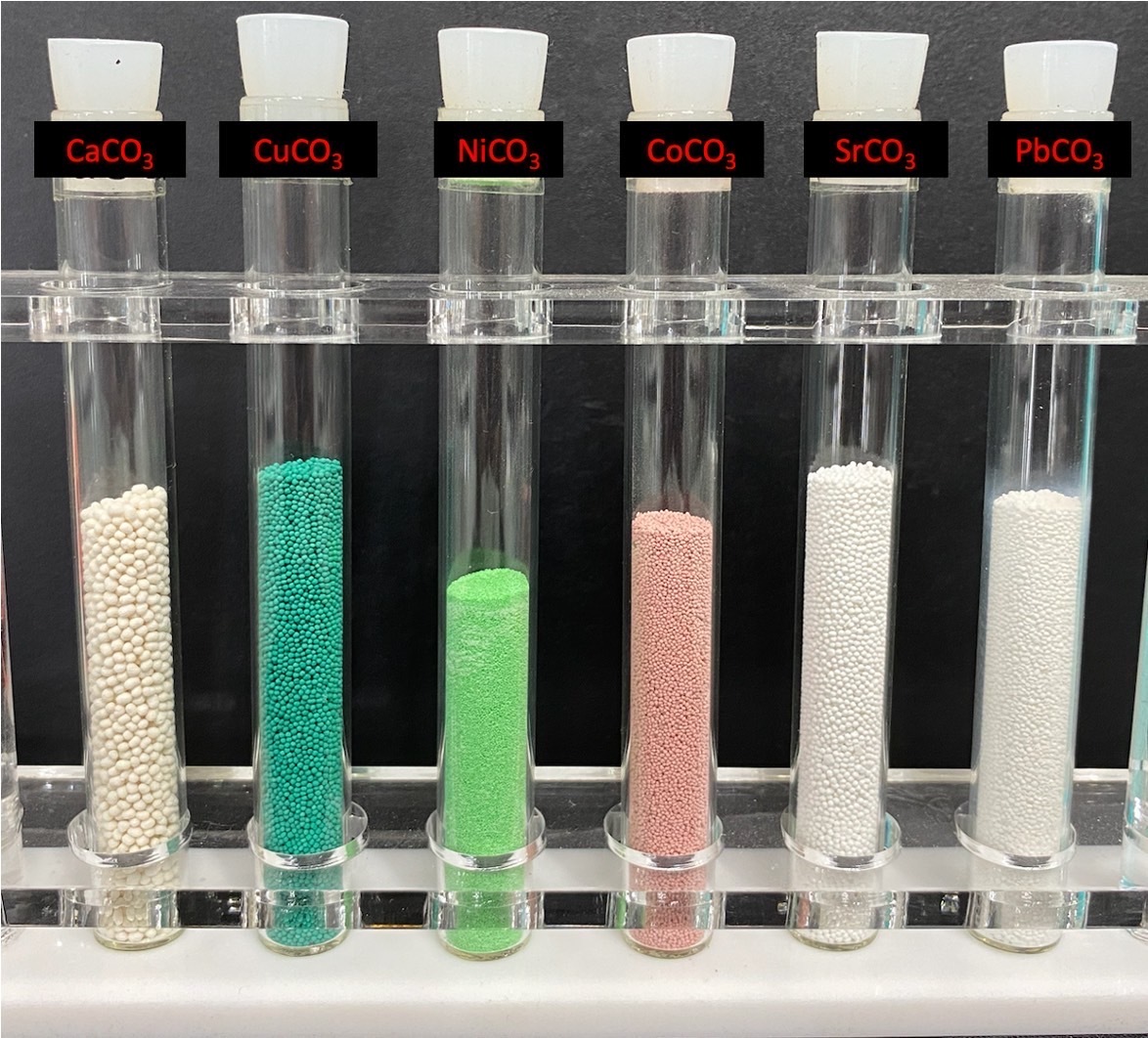| Technical Name | Structural engineering of hollow fiber membranes and design of novel selective layer materials for CO₂ capture | ||
|---|---|---|---|
| Project Operator | National Taiwan University of Science and Technology | ||
| Project Host | 鍾台生 | ||
| Summary | Our team focuses on developing composite hollow fiber membranes. The inner and outer layer structures were optimized to enhance the gas permeance. In parallel, we developed a continuous wetting/coating process by utilizing the immiscibility of wetting and coating solutions. A Plasma treatment was adopted to improve their interfacial compatibility, and novel selective-layer materials were synthesized and patented to overcome the permeability–selectivity trade-off relationship for CO₂ capture. |
||
| Scientific Breakthrough | A Pebax-based composite HFMs has been successfully fabricated that combines structural design, continuous processing, and interfacial control. The membrane possesses a CO₂ permeance of 1253 GPU and a CO₂/N₂ selectivity of 34.9, showing a 200% increase in CO₂ flux over other Pebax-based HFMs. MMMs consisting of organic nanofillers or silicone rubber have been synthesized to further increase CO₂ permeability by 45% or 200%, respectively, demonstrating their potential for practical CO₂ capture. |
||
| Industrial Applicability | The hollow fiber membranes developed by our group provide a high surface area, modularity, and low energy requirement, making them ideal for carbon capture in coal-fired power plants and heavy industries. Their robust structure ensures long-term stability under harsh conditions. This scalable and cost-effective membrane technology can support Taiwan’s transition to have sustainable industries with net-zero emissions. |
||
| Keyword | Hollow fiber membranes Gas separation CO2 capture Net zero carbon emissions Microstructure control Continuous processing Surface modification Mixed matrix membranes Nanomaterials Sustainable technology | ||
- Contact
- Tsung Han Huang
- e11961933@gmail.com
other people also saw















